Espresso extract standard latte the ratio of espresso to milk
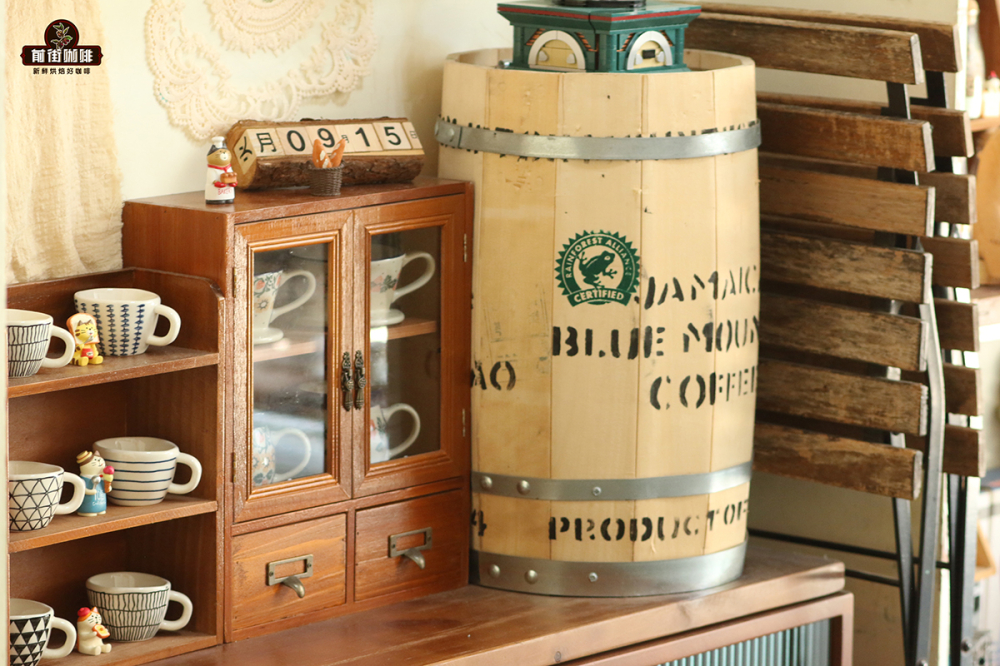
Professional coffee knowledge exchange more coffee bean information please follow the coffee workshop (Wechat official account cafe_style) more boutique coffee beans please add private Wechat Qianjie coffee, WeChat: qjcoffeex
We are no stranger to lattes, and this milk coffee can be said to be standard in all coffee shops. But it is not easy to make a good latte. Different extraction parameters will change the taste of the latte, depending on the flavor of the beans and the richness of the fresh milk. In front of this article, let's talk about how to extract espresso. How much espresso should be added to a latte?
How many milliliters is a standard espresso?
The international general technical standard is as follows: about 7 grams of freshly ground coffee powder, using water with a temperature of about 92 degrees under the pressure of 9Bar, after 20-30 seconds of extraction to get a cup of about 20-30ml coffee, the surface of this cup of coffee should be covered with coffee oil. With the process of coffee boutique, some new coffee theoretical knowledge has been disclosed, coupled with the blooming of a hundred flowers in many independent cafes, the Italian extraction schemes are also slightly different. As for the former street coffee standard, a cup of espresso was based on 2 shot (1 serving of espresso) and 38g espresso was extracted with 19g coffee powder at 1:2 for 28 seconds.
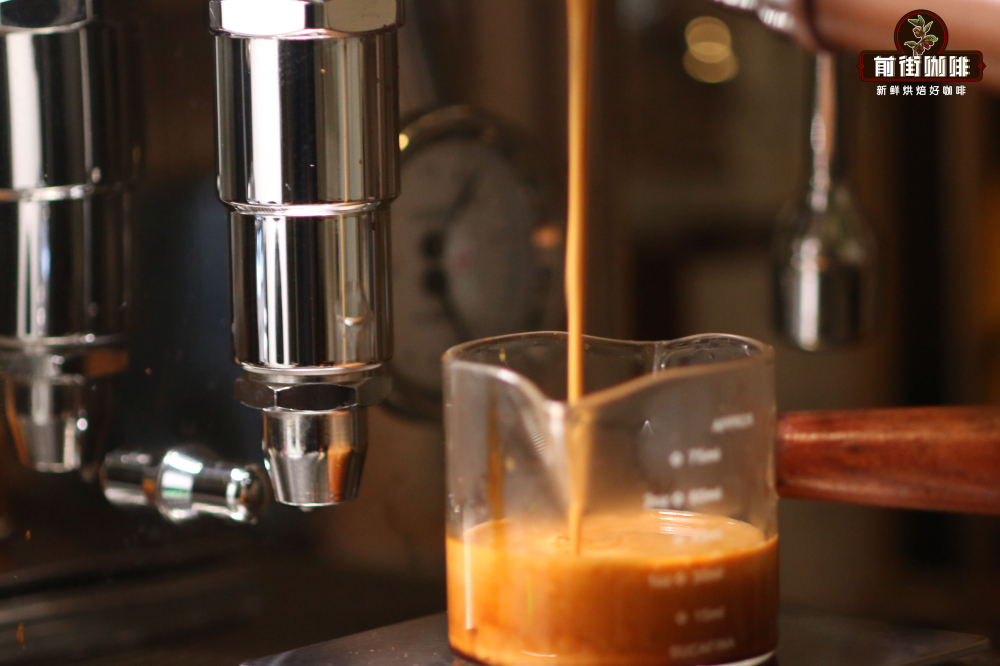
But it's just a reference value! Espresso underneath its foam are tiny oil droplets that dissolve sugars, acid proteins and caffeine. There are bubbles and solid solution suspended on the foam surface, so the wear degree of the bean grinder blade will slowly change with the humidity and storage time, so the grinding degree should be adjusted every day to ensure the stability of espresso flavor. So how many milliliters of espresso extracted actually depends on the ratio of powder to water and the flavor of the extracted coffee.
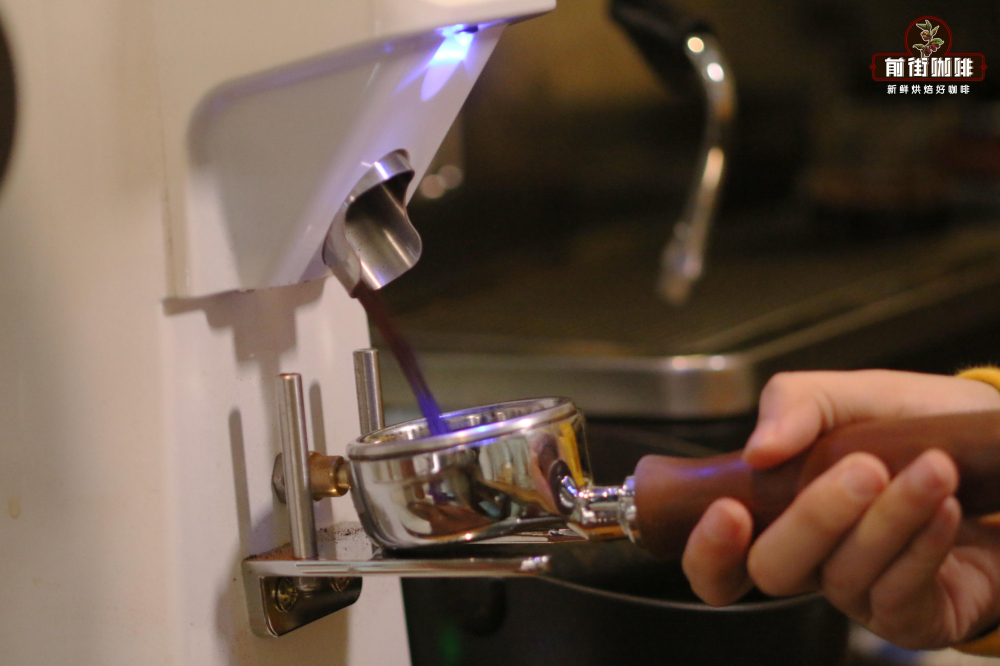
How to understand the extraction parameters of espresso?
Powder quantity: the amount of powder is roughly determined by the size of the powder bowl, and much less or more powder than the size of the powder bowl is not recommended. The amount of powder will affect the density of pressed powder, in the same intensity of filling, too little powder will be relatively sparse, resulting in fast flow rate, and then insufficient extraction, otherwise, the density is denser, the flow rate is slower and even difficult to extract coffee liquid. For example, the powder bowl used in Qianjie is suitable for holding 19-20g coffee powder, more or less than this range is not appropriate.
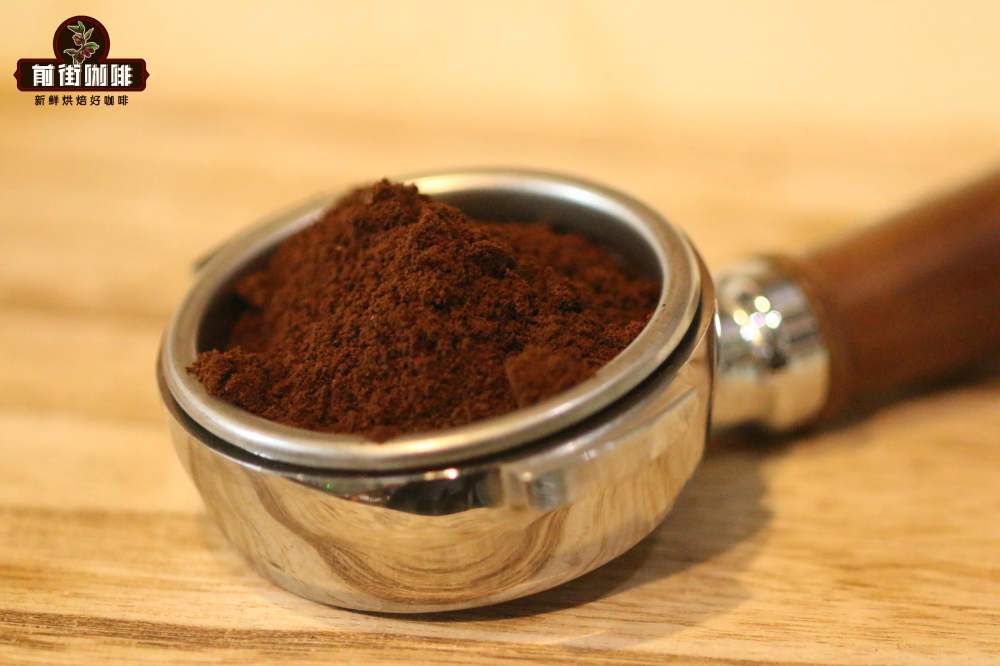
Ratio: refers to the ratio of coffee powder to liquid coffee, which is generally between 1 and 2.5. It is more common to use the ratio of 1:2, for example, 17g coffee powder to extract 34g coffee liquid. The proportion is affected by two factors, one is the amount of powder, the other is the amount of water, too low proportion will make the coffee very rich and heavy, easy to have the bitter taste caused by excessive extraction. On the contrary, if the proportion is too high, it will be dull and dull, as well as the acidity caused by insufficient extraction.
Time: the whole extraction time from the beginning to the end of the extraction by pressing the extraction key on the handle. One of the factors that affect the extraction time is the degree of grinding and the other is the ratio. The proportion is relatively easy to understand, the proportion is high, and the more water needed for extraction, the longer the time will naturally be. The degree of grinding affects the thickness of coffee powder, and the thickness will directly affect the density of coffee pressed powder. The finer the coffee powder is, the denser the pressed powder is, the more difficult the water is to pass, and the time will be lengthened and it will easily lead to over-extraction.
Flow rate: the speed at which coffee flows down, and the final goal of our extraction parameters is actually the result of a flow rate. Our espresso needs to drop the first drop of coffee in the fifth second after pressing the extraction button to extract the coffee evenly, such as 34g at 30s. The speed of flow rate will directly reflect the question of whether the grinding degree and proportion are appropriate or not.
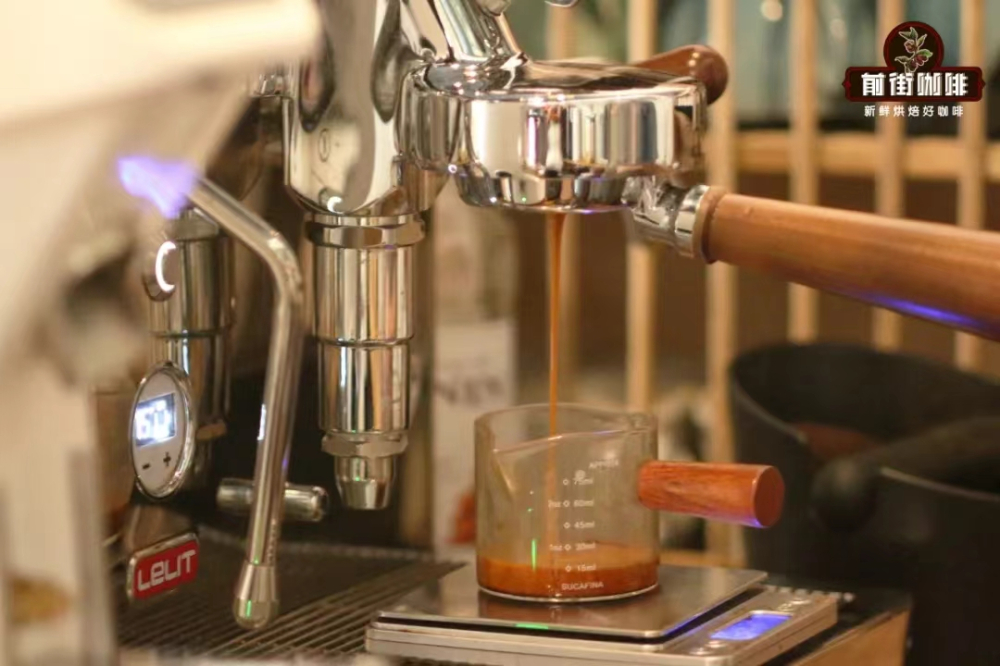
Pressure: the average is about 9bar, which is determined by the performance of the coffee machine. If the pressure is low, the extraction efficiency is low, and if the pressure is too high, it is easy to extract too much.
Water temperature: generally between 90 and 94 degrees Celsius, too high water temperature is easy to extract too much, coffee is easy to taste bitter, too low water temperature is easy to lack of extraction, resulting in a sharp taste of coffee.
What are the reasons that affect the flavor of espresso?
Coffee beans: coffee beans are the most important factor in the flavor of espresso. If you have tasted espresso (or American coffee) in many coffee shops, you can almost feel the difference in taste. The most direct reason for this is that each coffee shop uses different Italian coffee beans. Like Qianjie's boutique mix of coffee beans, pay attention to espresso to balance the flavor of nutty cocoa; sunflowers match coffee beans to show the flavor of sherry and vanilla chocolate.
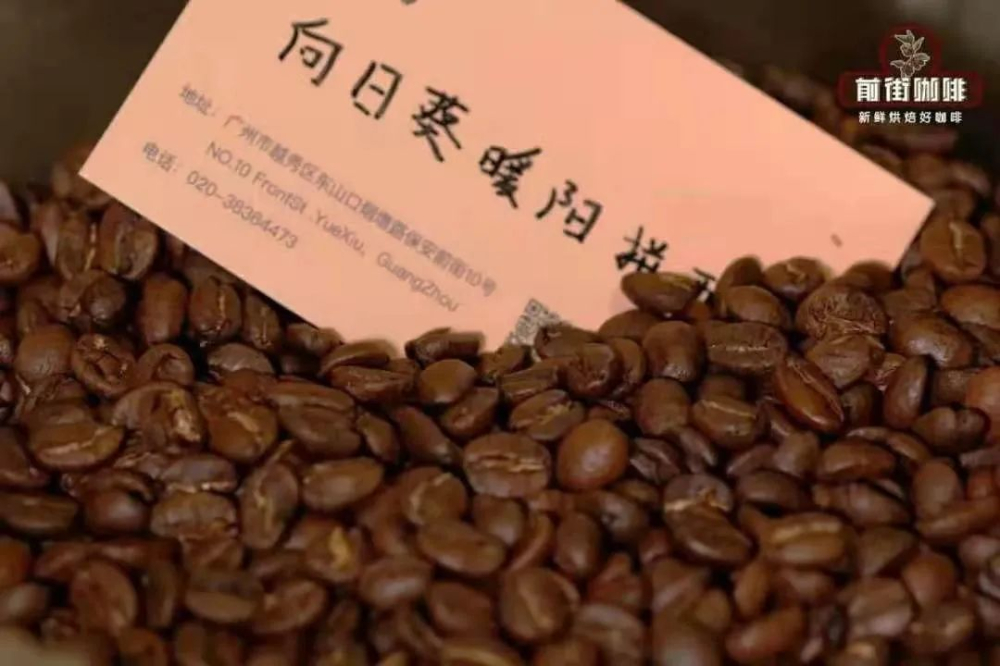
Pressure: generally determined by the performance of the coffee machine, generally average around 9bar, some high-end coffee machines have variable pressure function, providing different pressure for extraction. In the extraction of espresso, water is extracted quickly through coffee powder under the action of pressure. in general, under the condition of insufficient pressure, coffee is prone to lack of extraction, resulting in acidity, thinness and insufficient thickness of alcohol. on the other hand, excessive pressure is easy to over-extract coffee substances, resulting in coffee being too thick and bitter.
Coffee grind: grind Italian coffee beans usually use a large flat knife cutter, which has the advantage of being able to grind small coffee powder efficiently and quickly, while Italian coffee machine extraction is very sensitive to the feedback on the degree of grinding. it may be reflected in the bean grinder is 0.1 scale difference, in the extracted espresso time difference of 2-3 seconds. Therefore, the appropriate grinding also has a great impact on the powder bowl of espresso. The finer the grinding is, the easier the extract is to be extracted, and the more bitter the coffee is and the more bitter it is; on the contrary, it is more likely to have a sharp and light taste.
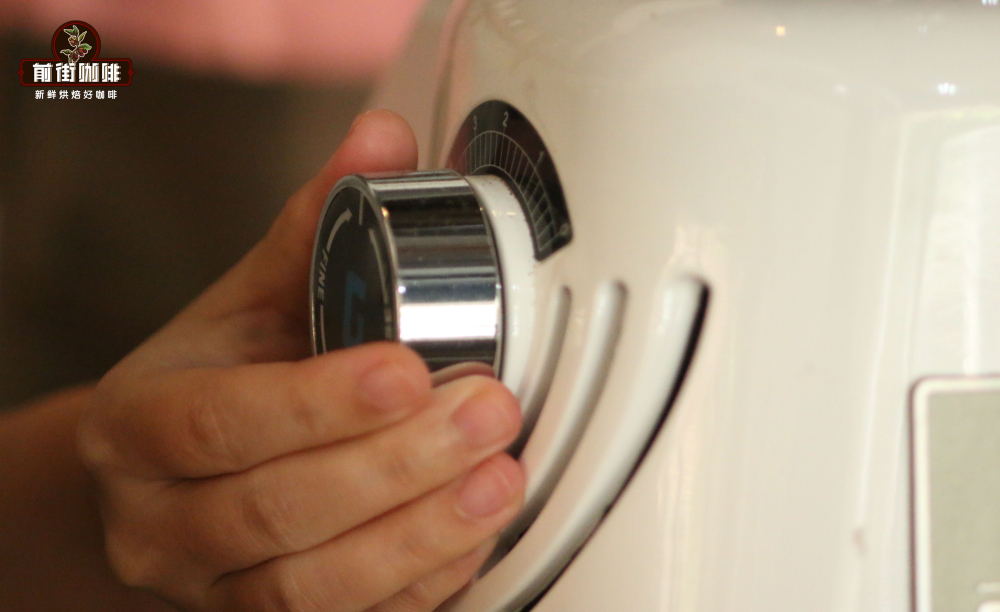
Powder-liquid ratio: that is, the ratio of coffee powder to coffee liquid, the espresso powder-liquid ratio in Qianjie is 1:2, which is also an important parameter for coffee extraction. If the powder-liquid ratio is reduced, the flavor may be incomplete. Increasing the powder-liquid ratio may cause the overall taste of coffee to become thinner.
Extraction time: we have determined the ratio of powder to liquid, and the time required to extract a certain amount of coffee will also affect the flavor of coffee. In general, the reasonable extraction time of espresso is between 20 and 30 seconds. The slower the flow rate, the longer the time, the thicker the coffee taste, the shorter the time, and the lighter the coffee taste.
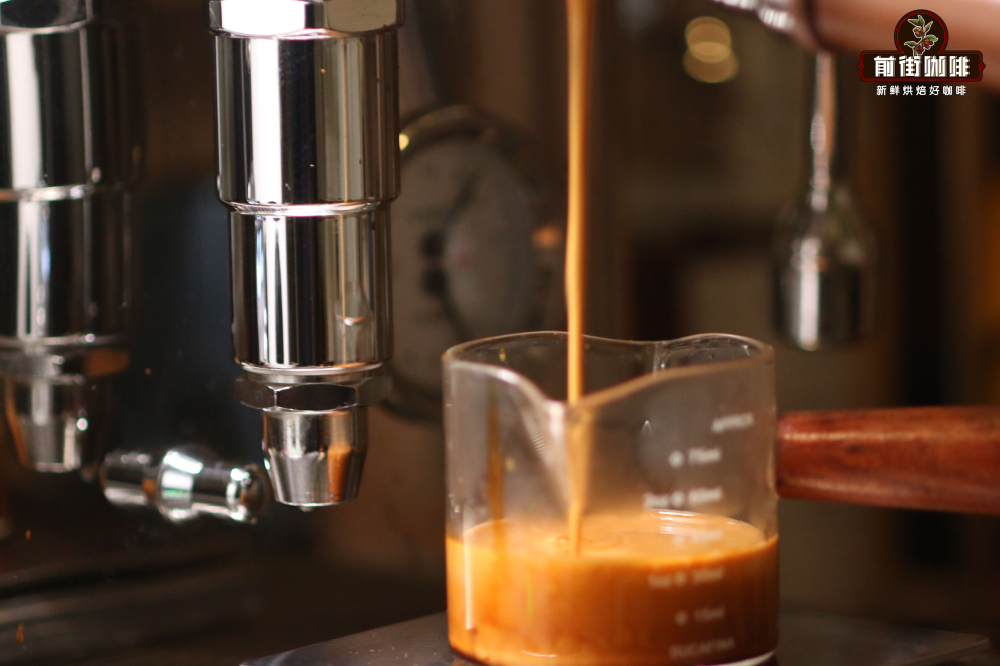
Extraction water temperature: refers to the temperature at which the water of the head is used to press the coffee pressed powder. The general new espresso opportunity comes with the choice of the water temperature of the brewing head. The extraction of Italian coffee is the same as that of hand-brewed coffee. the higher the water temperature is, the stronger the extraction efficiency is, and the easier it is to extract flavor substances, and vice versa. When extracting espresso, the temperature is rarely below 90 ℃, which is usually preset at 90-93 ℃. For example, some household coffee machines have poor battery life (the quality of the continuous cup is not guaranteed) because the boiler is small and cannot keep a large amount of water warm. So you need to pay attention to the thermometer before brewing.
The extraction parameters of different Italian coffee beans / single coffee beans are different, we can extract with the ratio of powder to liquid at 1:2, and then adjust the parameters according to the flavor of espresso. When adjusting the extraction parameters of espresso, the pressure and water temperature are set by the machine and do not adjust as much as possible. As baristas, the parameter we adjust every day is one of the grinding degree / ratio / extraction time! Note that you can only choose one adjustment! You can only choose one adjustment! You can only choose one adjustment! (say important things three times)
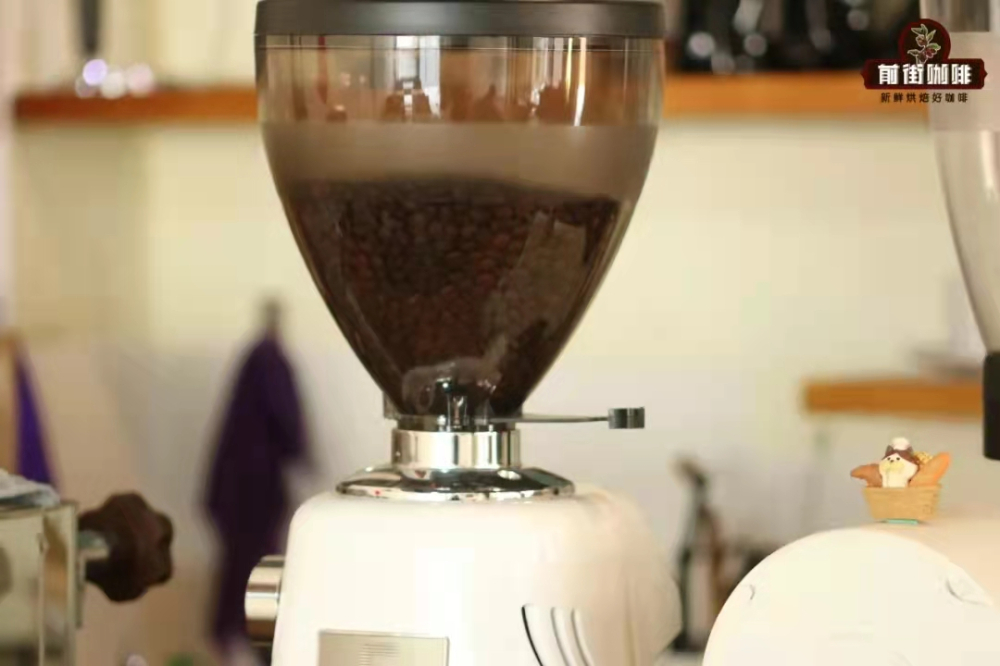
How many milliliters of espresso should be added to a cup of latte?
Different brands of fresh milk have different richness and lactose content, so we need to make espresso accommodate milk. generally, by adjusting the amount of coffee powder and liquid (powder-water ratio), adjust the base concentration parameters of milk coffee and the ratio of milk to coffee to help adjust the taste of milk coffee. Latte is mainly milk-flavored, more like a cup of coffee-flavored milk, so the coffee flavor does not have to be too prominent.
Qianjie suggests that the ratio of brown to milk for making lattes is 1 6.5jue 20g coffee powder extract 40g espresso: 260ml milk, you can adjust the taste of lattes made according to this parameter, and then make latte parameters suitable for your own beans and milk.
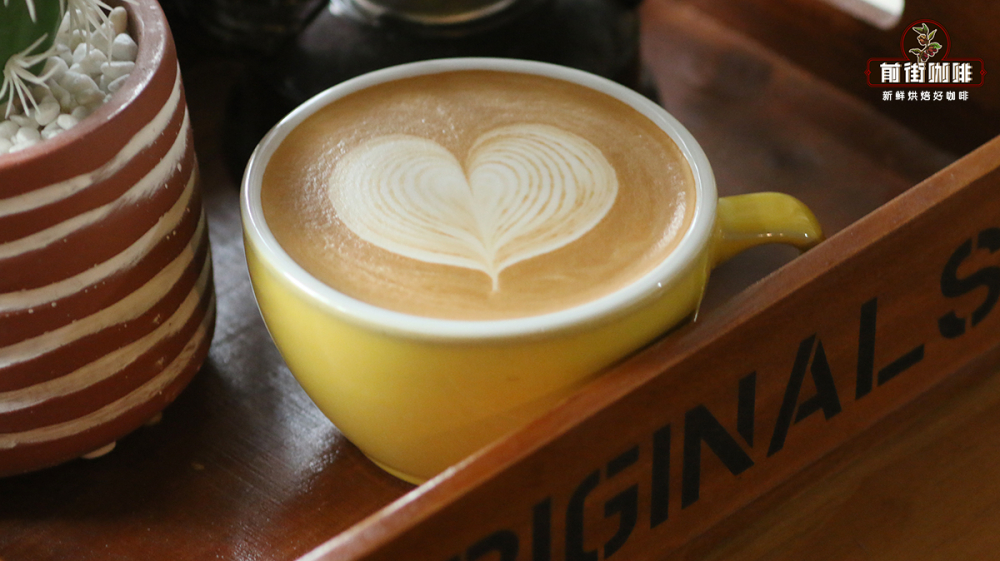
Important Notice :
前街咖啡 FrontStreet Coffee has moved to new addredd:
FrontStreet Coffee Address: 315,Donghua East Road,GuangZhou
Tel:020 38364473
- Prev
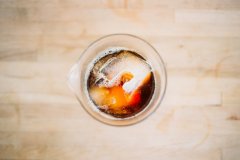
What brand of household coffee machine is good? how to use a small household coffee machine? which coffee machine is good?
Professional coffee knowledge exchange more information about coffee beans Please follow the coffee workshop (Wechat official account cafe_style) Today we are going to talk about the home coffee machine. Before you talk about the coffee machine, you must first have a general understanding of the classification of coffee. There are different categories of coffee in different dimensions, for example, according to the mode of extraction, according to the type of raw coffee beans, by country, by producing area, by grade, by
- Next
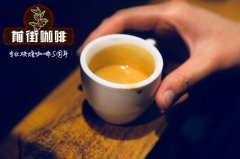
Espresso machine how to weigh coffee beans | how much espresso is produced by 14g coffee powder?
Professional coffee knowledge exchange more coffee bean information Please follow the coffee workshop (Wechat official account cafe_style) Ten years ago, it was easy for ordinary consumers to believe the promotion that they should not go out for coffee non-espresso (espresso, as well as various espresso drinks). There is nothing wrong with this in itself. Espresso has been riding the coffee tide for more than 50 years, completely changing the Western world and even
Related
- Beginners will see the "Coffee pull flower" guide!
- What is the difference between ice blog purified milk and ordinary milk coffee?
- Why is the Philippines the largest producer of crops in Liberia?
- For coffee extraction, should the fine powder be retained?
- How does extracted espresso fill pressed powder? How much strength does it take to press the powder?
- How to make jasmine cold extract coffee? Is the jasmine + latte good?
- Will this little toy really make the coffee taste better? How does Lily Drip affect coffee extraction?
- Will the action of slapping the filter cup also affect coffee extraction?
- What's the difference between powder-to-water ratio and powder-to-liquid ratio?
- What is the Ethiopian local species? What does it have to do with Heirloom native species?

